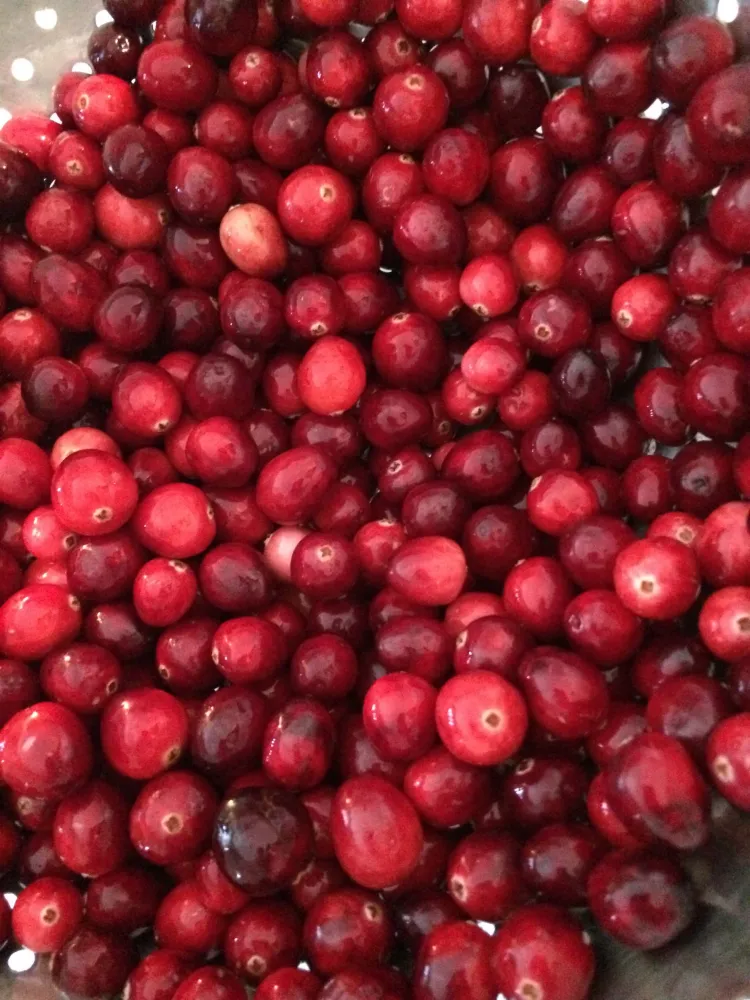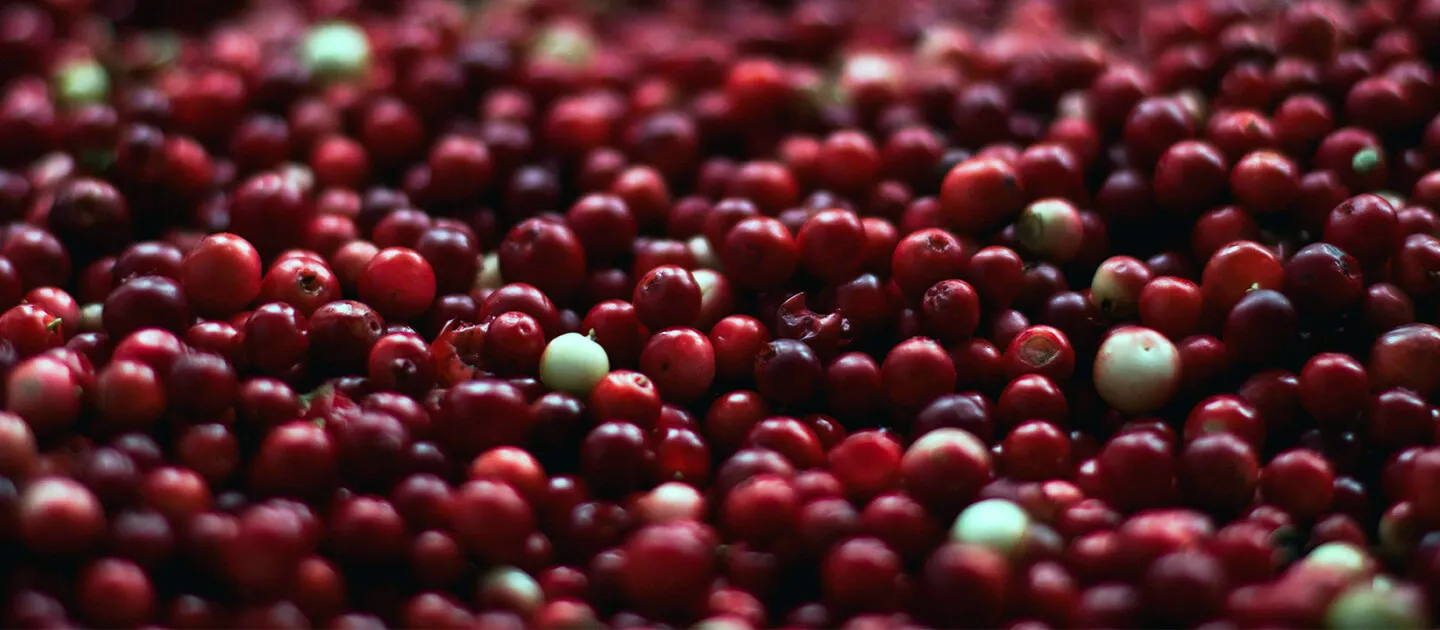Thanksgiving is just around the corner, with cranberry sauce playing a supporting role in traditional holiday feasts. While the question “whole berried or jellied?” may come to mind, what do you really know about cranberries?
Native to the northern United States and Canada, they grow in rich, moist soil in boggy areas near rivers and lakes. The cranberry you’re most likely familiar with is the American cranberry (Vaccinium macrocarpon), sometimes referred to as large cranberry or bear berry. Its fruit ranges from one-half to one inch in diameter. Another native species is the small cranberry (Vaccinium oxycoccus), also known as swamp cranberry, or bog cranberry. Though similar in appearance, its leaves are smaller and its fruit about half the size of the American cranberry. Both are low-growing, broadleaf evergreen shrubs. They’re hardy in United States Department of Agriculture Plant Hardiness Zones 3 to 7.
The most common type grown commercially, you’ll find the American cranberry in packages of fresh cranberries in markets this time of year. It’s the one used to make cranberry sauce, juice, and dried cranberries.

The American cranberry grows only 4 to 6 inches high and about 1 to 3 feet wide. Cranberry plants spread by creeping rhizomes that root and form new plants. Cranberries don’t do well in drought conditions or in excessive heat. Their roots prefer to remain cool and moist. They can be difficult to transplant. Cranberry flowers contain both male and female parts, making them self-pollinating. If you’d like to grow your own cranberries, they can work well as a groundcover or an edging plant. Their evergreen foliage makes an attractive addition to the garden throughout the year. Plant in acidic soil that’s consistently moist but well-draining. They’ll grow in partial sun but do best in full sun. Space plants about 2 feet apart.
Cranberries can be propagated by taking stem cuttings and rooting them. You can try growing them from the seeds inside fresh cranberries. The seeds will need to be subjected to cold before germination. Place seeds in a damp, folded paper towel and store in a plastic bag in the refrigerator for a few months. Plant the stratified seeds in an acidic potting soil. Keep the soil moist. Watch for germination in about 3 weeks, though it could take longer.
When in bloom, cranberries will attract pollinators to your garden. Birds and local wildlife will also find your cranberries attractive and eat the berries if you don’t take precautions. Spring brings whitish-pinkish flowers from May into July. The pink to red berries are ready for harvest between August and November.
Native Americans have harvested cranberries for food, medicine, and dye for thousands of years. Early European settlers adopted these uses and, by 1672, English writer John Josselyn recorded that cranberries were being boiled with sugar and served with meat, a precursor to the sauces we enjoy today. Cranberries were first commercially grown in 1816 in Massachusetts.
Home growers can easily hand pick cranberries. Commercial growers generally design cranberry bogs (typically a sunken field with a water source) to make harvesting more efficient. Because the berries contain air pockets, they’ll float when the cranberry bog is flooded at harvest time. They’ll also bounce if you drop a fresh cranberry onto the table. For more information on cranberries, see: https://go.uvm.edu/mainecranberry. Check out interesting videos on growing cranberries in Vermont and some tasty recipes at: https://go.uvm.edu/uvmcranberry.
The next time you open a can of cranberry sauce or add some dried cranberries to your homemade oatmeal cookies, think about the tiny shrub that grew them.
